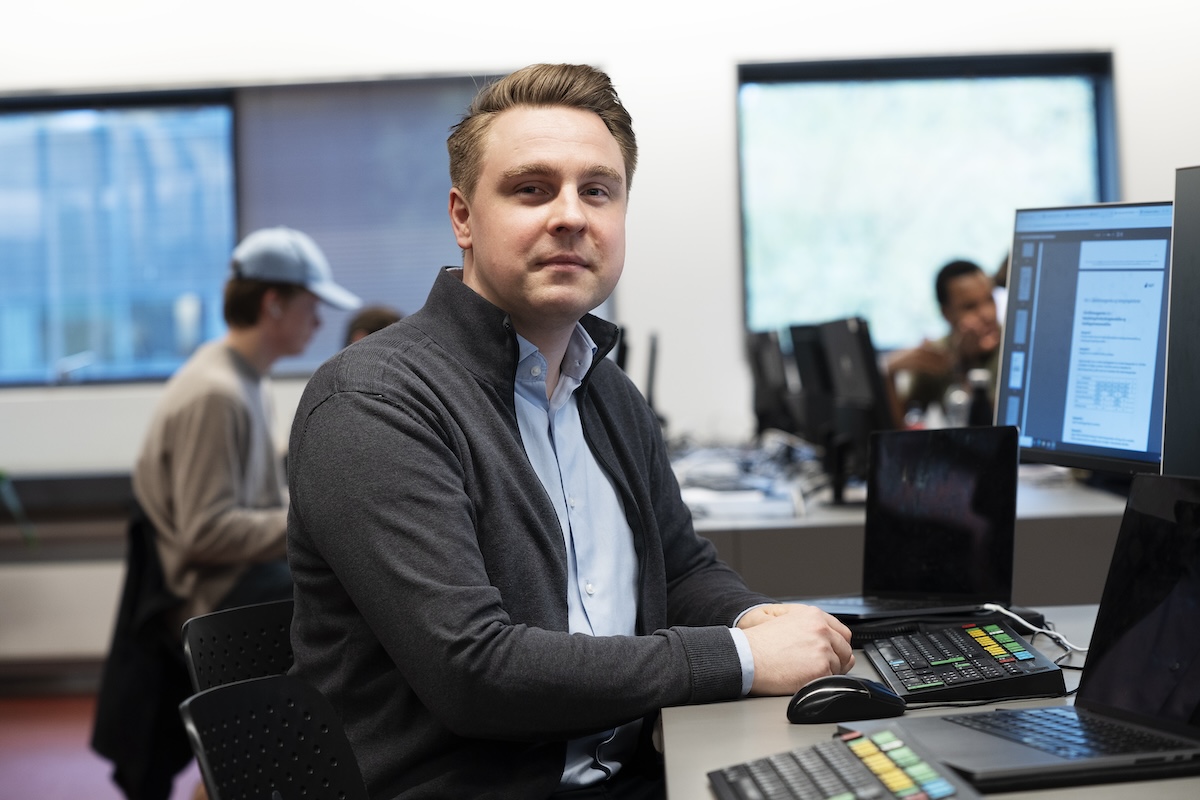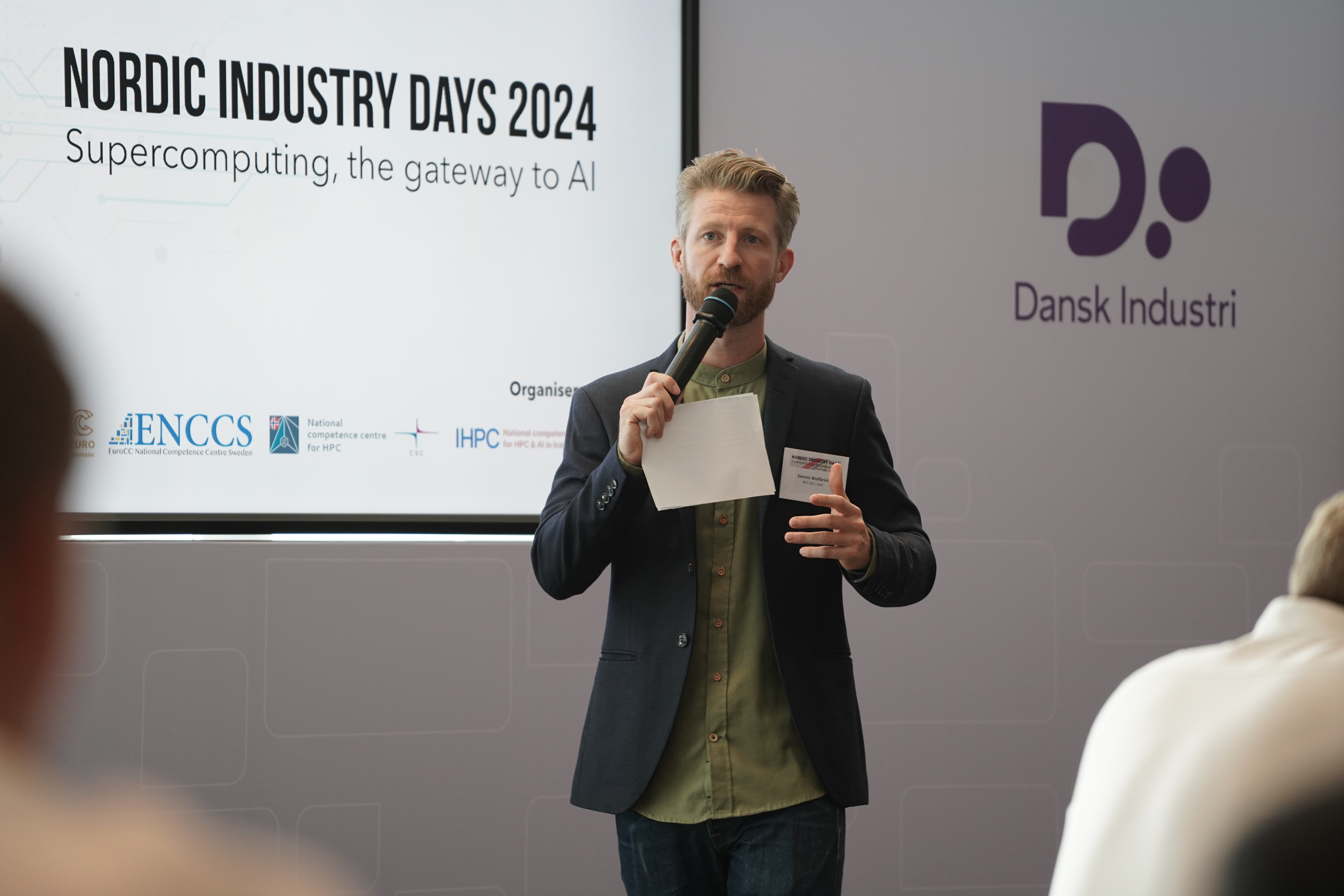The abbreviation "HPC" stands for "High Performance Computing" and covers calculations made on very fast computers, in everyday speech also called supercomputers.
The Danish HPC landscape for research consists of four different types of facilities, where researchers can apply for access, either through their own university, or via DeiC's e-resource committee. In addition, there are also a number of typically smaller and specialized HPC facilities locally at the different universities, typically owned by specific research groups.
Supercomputers consist of a large number of very fast computers tied together in a fast network. That is, it is not really one big computer, but many bigger ones that are put together. Depending on how the supercomputers are set up and what your software can do, you have the option of running on just a single computer or several computers at the same time.
When to choose supercomputing?
Supercomputers are not just for very experienced researchers. Supercomputers are interesting for all researchers who do calculations and computations on their own computers, but who would like to do more computations than their own systems can handle. Supercomputers are also for researchers who need access to databases that they either do not have enough space for or that may not be loaded on their own computers.
Why choose supercomputing?
Supercomputers are used when an ordinary computer for some reason is unable to handle the task. Specifically, a supercomputer can help:
- The calculations will go much faster, as the individual computers in an HPC system are also much faster.
- It is possible to work with much larger datasets.
- It is possible to work with databases that you would not otherwise have access to (e.g. information from Statistics Denmark or bioinformatics databases at Computerome run by DTU and KU).
- The calculations can be put in a queue, so you can have the supercomputer do calculations around the clock.
- A supercomputer can be used by several users at once or in succession. The supercomputer can therefore be utilized very efficiently.
Which supercomputers can you use in Denmark?
Under National auspices, it has previously been possible to use three supercomputers. But the national supercomputer landscape changed in 2020.
As part of the implementation of the Strategy for National Cooperation on Digital Research Infrastructure from 2018 prepared by representatives from the universities and the Danish Agency for Science and Higher Education, in May 2019, DeiC's board set up a working group with participation from all universities, which was to advise the board on the future Danish landscape for High Performance Computing (HPC).
The national HPC working group focused on which types of facilities they believe should be available to Danish researchers, support and competence mapping as well as handling international collaborations.
In the spring of 2020, DeiC's Board of Directors invited universities, or consortia of universities, to submit expressions of interest regarding the establishment and operation of the national HPC centers for the coming 3-year period. The agreements for the operation of the National HPC facility in the coming period were signed in November 2020, and the first two types of facilities opened to users immediately, while the other two will be built and expected to be operational during 2021.
Which International supercomputers do you have access to?
Via DeiC, Danish researchers have access to a number of European supercomputers through two different collaborations:
- EuroHPC
- PRACE
- Read more about the international HPC-facilities




